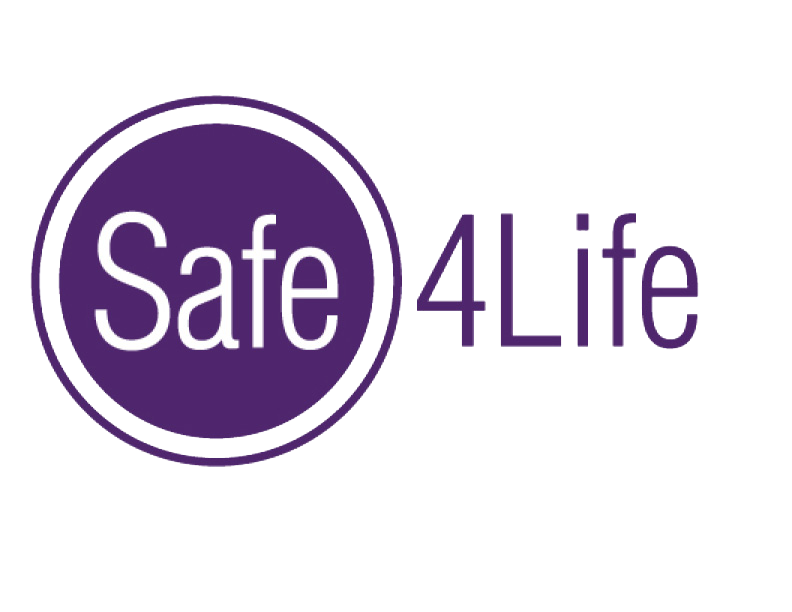As the season of family and extended family and friend get-togethers unfolds in the coming days and weeks, here are a few things to consider to ensure your children feel safe and respected.
Friends and family members are be familiar to you, the adults. Grown-ups are happy to be reacquainted and excited to introduce their family. Children don’t have the same sense of connection to a relative or extended family or friend. As such, they often shy away or withdraw or act out. We as parents, may feel the need to cajole or encourage or insist that our children offer a hug, a kiss or be held by someone they are not familiar with. Relatives and unfamiliar people might ask for affection from your reluctant child, then be ‘offended’ when it is withheld. This whole ‘greeting dance’ causes stress for the children, and likely embarrassment or discomfort the parent.
Children have an acute and finely tuned radar or instinct for perceived danger and risk. Some children react and respond to the discomfort, others don’t. Regardless of whether a child responds actively to their perceived threat or not, we as parents and the general public need to get better at reading their cues and respecting their nonverbal needs.
We know when our children are uncomfortable; they hold our hand a little tighter, they move in closer to us, they hide behind us, they drop their head, or they look up at us with anguished teary faces. Their nonverbal message is crystal clear…they are not comfortable! Children take their cues from us – when we force them to hug or show affection when they don’t want to – we are telling them to disregard their ‘gut’ feelings of personal safety.
Lets do our best to not contribute to our children’s stress and discomfort at our friend and family gatherings. We can respect our children while educating our extended family members to recognize that discomfort and maintain a distance that feels safer.
HERE ARE 5 WAYS TO ENSURE YOU PROTECT YOUR CHILD’S SAFETY and RESPECT THEIR BOUNDARIES:
1. Have the “greeting” conversation before the party or event. Let your child know who they may be seeing there and let them know they can decide how they want to interact with these new or unfamiliar people.
2. Give your child the choice to give a hug, handshake, high five or a wave. Practice these responses with your child in advance of an event. Give your child examples of how best to offer a handshake or a high five instead of a hug.
3. Respect your child’s level of comfort. Even if they have indicated they know someone and would be comfortable to give a hug, respect that they can change their mind in the moment!
4. Speak up in support for your child’s personal boundaries – don’t make excuses or be apologetic for their withdrawal. Be bold in saying, “my child just wants to give you a wave this time”.
5. Teach people in your life to notice your child’s nonverbal messages. Your child will appreciate it, and your extended family and friends may adjust their behavior in future interactions with your child and other children.

